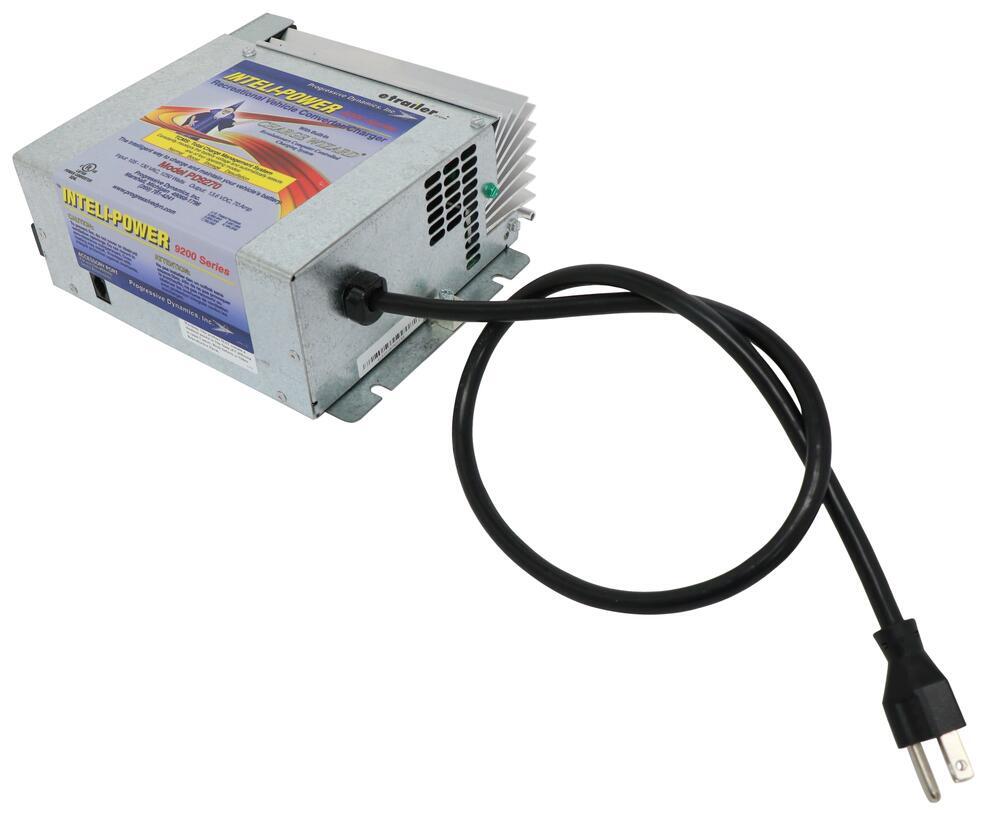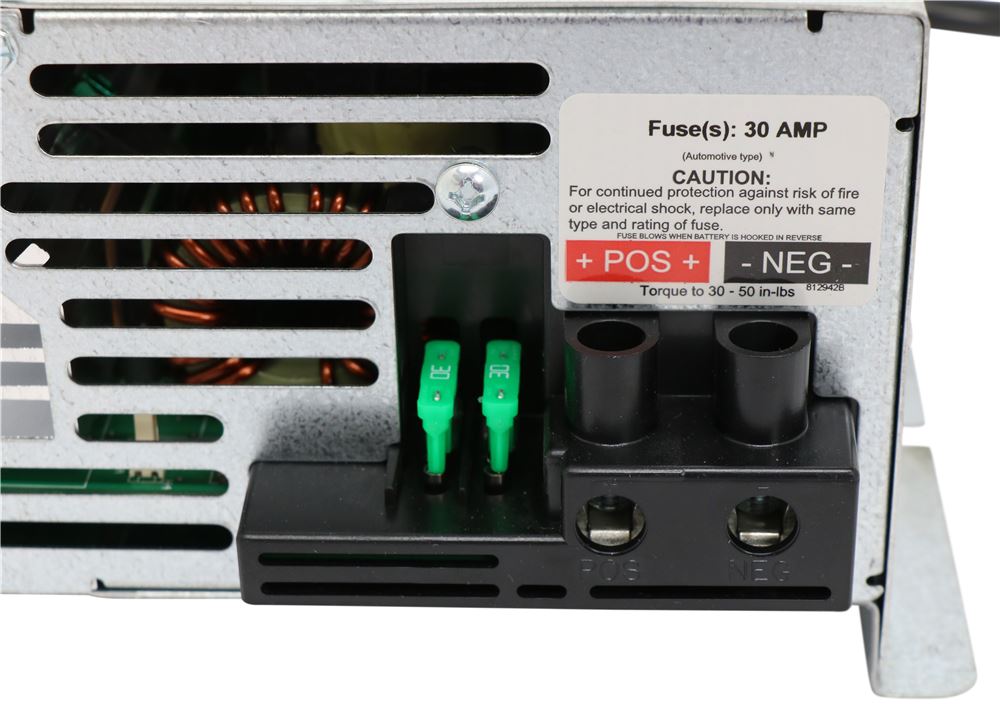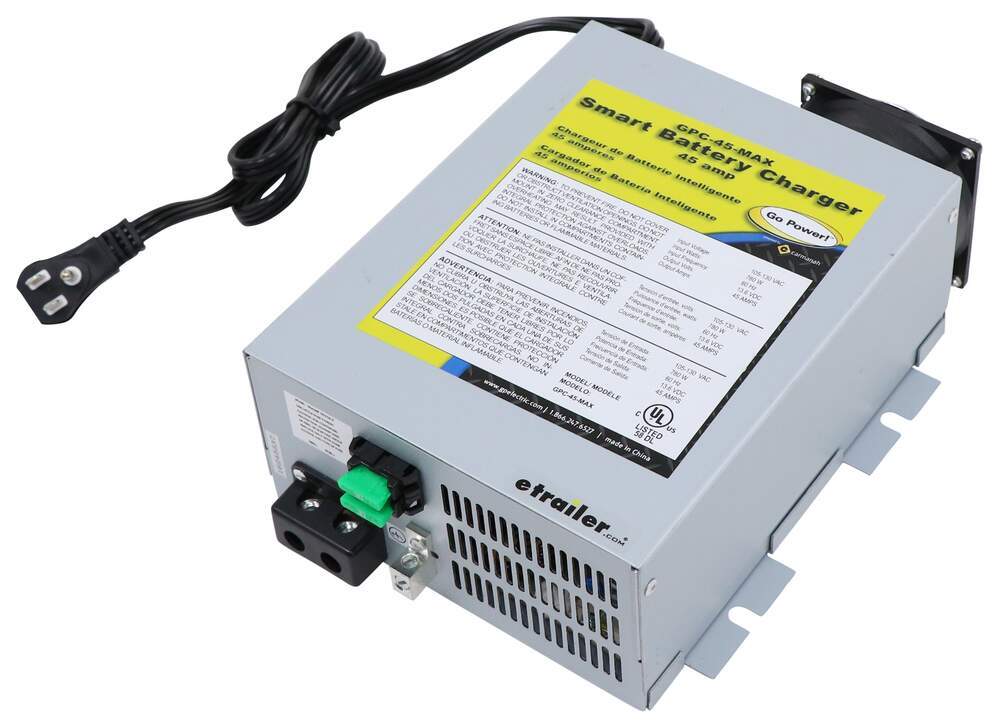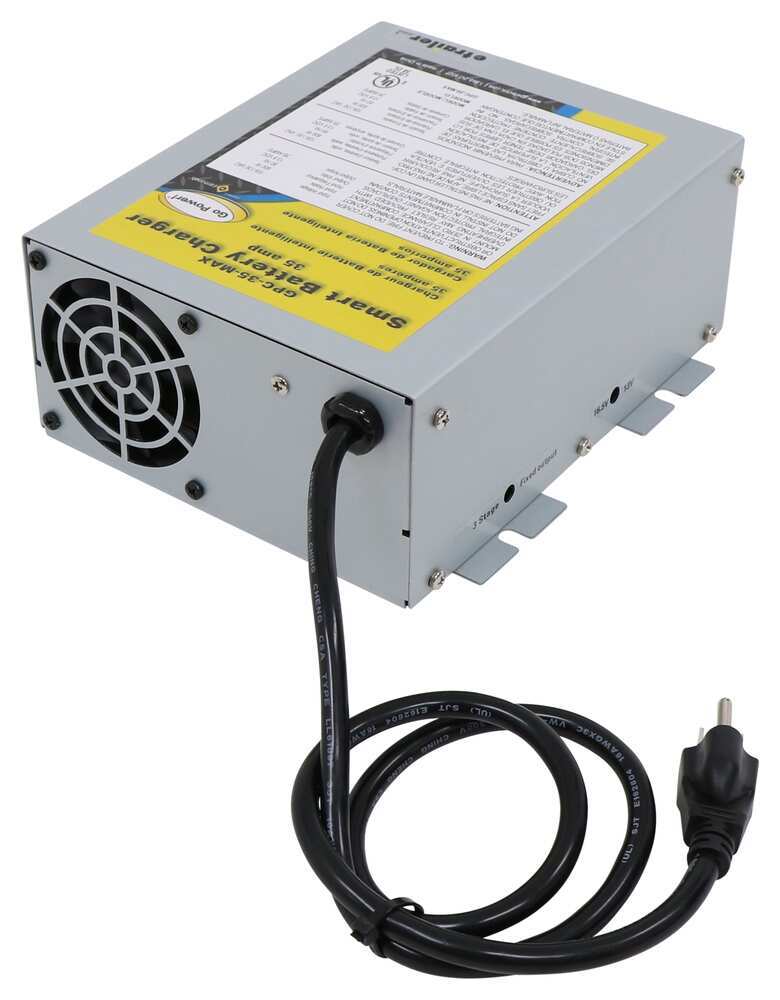
They are different from a pure battery charger because they are designed to also provide vehicle power at the same time they charge. They use a variable voltage output to provide a better charge to the battery (enhancing its ‘health’). These chargers do an adequate job of returning power to a battery but they rarely provide a complete charge which lead-acid batteries need to remain healthy.Ģ) More modern ‘converter-chargers’ exist to improve battery longevity. In the case of this equipment, most will be damaged by ‘automotive 12v’ range of voltages.ġ) Most commonly, (older style) fixed voltage ‘converters’ produce 13.8V so that they can both power ‘automotive 12V’ appliances and charge the battery. ‘Regulated 12V’ equipment is designed to operate from a wall transformer or computer power supply that is NOT subject to battery charging voltages. The reason is, when systems containing ’12v batteries’ are charged, the system is subject to voltages up to 14.4V. ‘Automotive 12V’, which is most of what is in RV’s is designed to operate, ranges between 11.5V to 14.5V. While a battery charger only has one function: to charge your batteries.Ī bit too simplistic and the distinctions are important.įirstly, it is important to note that there are two classes of low voltage DC power systems. Simply, an RV converter is also a battery charger but with added capabilities. The two terms are used interchangeably because for the most part, in modern RVs, an RV converter charges your batteries and converts shore power to usable 12v DC power. So, What’s the Difference Between an RV Converter VS Battery Charger?


Converter charger – This is a basic type of battery charger.There are different types of battery chargers. A distribution panel converter can charge your batteries and power appliances.Īn RV battery charger is simply that – it charges your RV batteries. Distribution panel – This type of converter is perfect if your older RV is in need of an upgrade.Deck mount – A deck mount converter can be installed on the deck of your RV.High output – If you have multuple batteries that need to be charged or larger applicances running off your DC power, then a high output converter might be for you.Multi-stage – A multi-stage converter charges your batteries, keeps them at a consistent level, and shuts them off when they have reached an optimum level of charge.There are different types of converters out there. This reduces the drain on your RV batteries and lowers the risk of damaging them. An RV converter will recharge your batteries when you hooked back up to shore power. If you don’t have a converter (they’re standard in newer RVs), then your RV batteries will supply the power to all your 12-volt accessories. When you plug your RV into shore power or another standard electrical source, the RV converter reduces that 120v AC power down into 12v DC power. Light and Button are located on the Pendant Accessory.An RV converter is responsible for converting 120v AC power into 12v DC power.
#Rv smart converter manual#
available.įor Manual operation the Pendant is necessary. If not using our fuseboard there is a Pendant Accessory.

For Manual operation the Light and Button are located on the Fuse Board. Wizard is built into the PD4600 and will run automatically.
#Rv smart converter series#
PD9105V ***This does not fit the Lithium series chargers.*** Light and Button are located on the Wizard Accessory. The Wizard is an optional accessory for these units.

Light and Button are located on the Pendant Accessory. For Manual operation the Pendant is necessary. Wizard is built into the 9200 and will run automatically. Not necessary if the unit has a button and light. This will also work on the PD4000, PD4100 and PD4500 series that have the 4 pin single row header. Also used to manually charge Lithium by pressing the Button Monthly or when charge is needed. Manual control and monitoring while charging Lead Acid / AGM batteries.


 0 kommentar(er)
0 kommentar(er)
